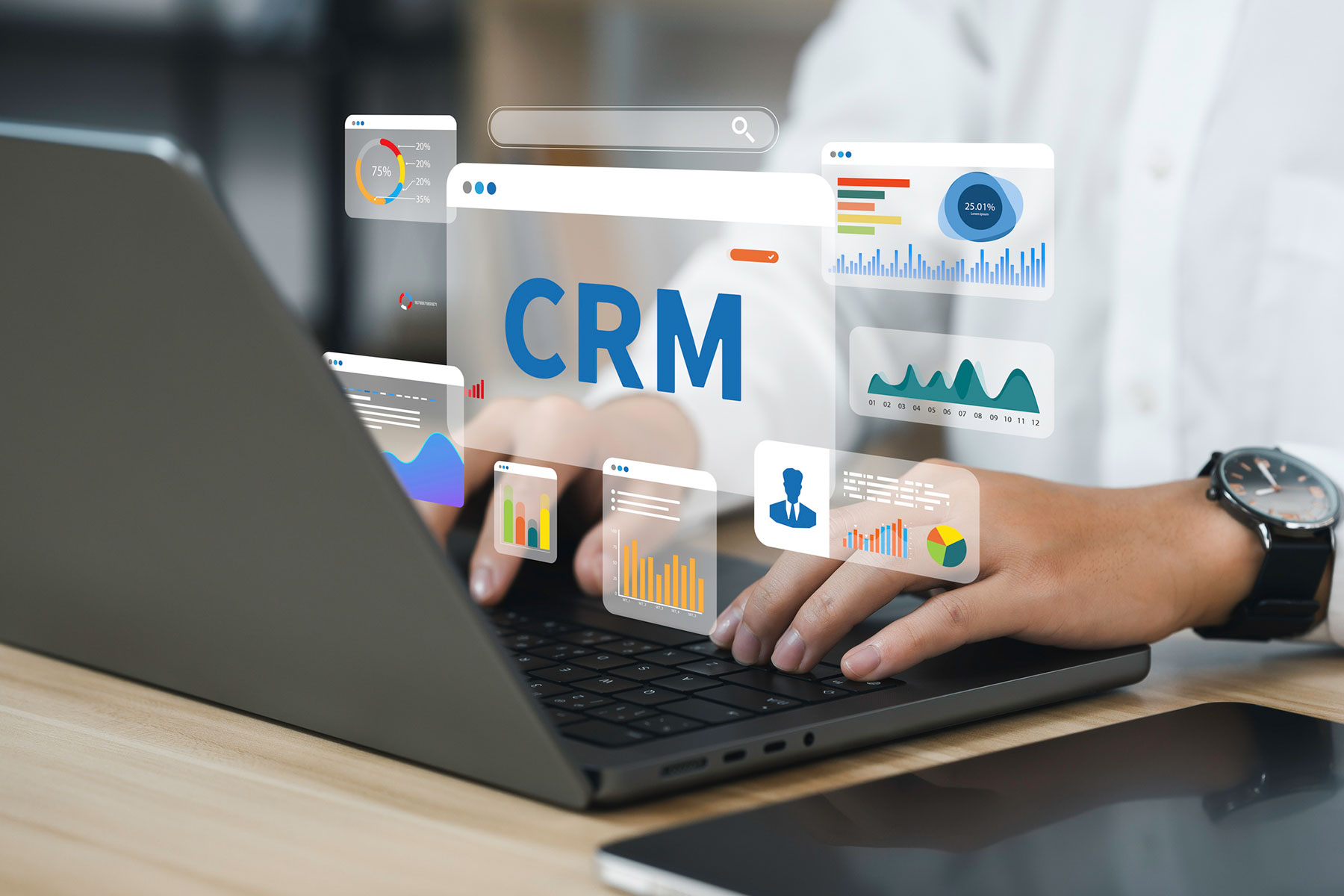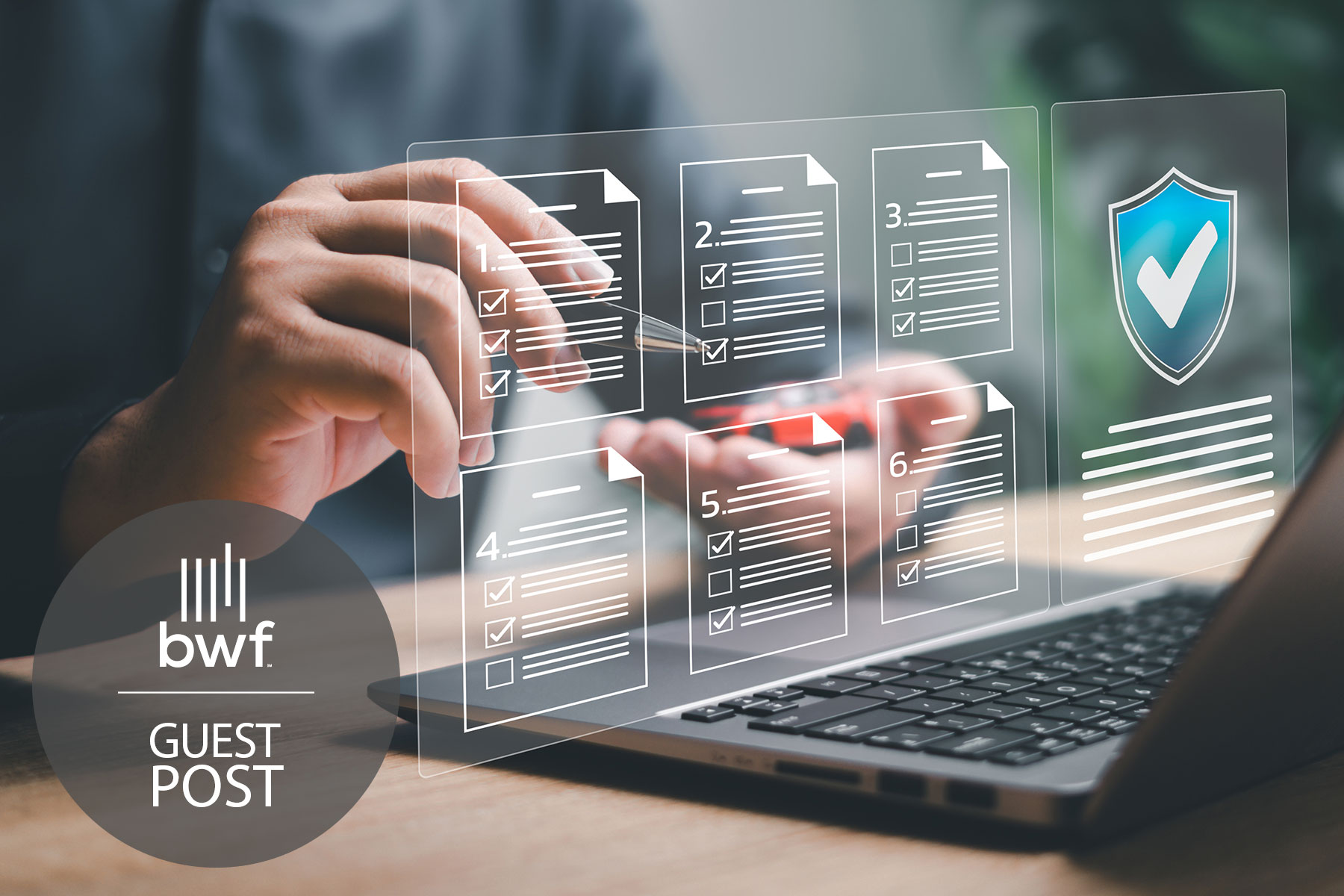Many large healthcare organizations recognize concierge services as an essential component of grateful patient fundraising. Concierge services can be defined in a variety of ways, but typically involves some elements of pre-admission support, rounding efforts during the patients stay, select amenities for patients, and follow-up once the patient is discharged.
While most concierge programs are not focused on philanthropy, these programs can be an important partner and are playing an increasingly important (and potentially confusing) role in fundraising. At the hub of these efforts are data—the quicker a patient is identified, the more quickly services can be requested and/or dispatched proactively. But with the increasingly blurred lines between concierge services and intentional grateful patient fundraising, what is the appropriate use of data for these teams?
HIPAA clearly defines key pieces of information that may be utilized for fundraising purposes and how this information can be used to engage patients, including:
- Select Biographic and Identifying Information
- Dates of Service, Department, and Treating Physician
- Health Insurance Status
- Service Outcome
However, many concierge services have a more direct information to medical records than that outlined by HIPAA and often work from separate databases than philanthropy. When considering the appropriate utilization of data by concierge services, consider how two fictional concierge service programs may be structured differently.
| Institution #1 | Institution #2 | |
|---|---|---|
| Management Oversight | Part of the hospital, separate from philanthropy. | Integrated into philanthropy and managed by the chief development officer. |
| Purpose of Program | Provides informational services and amenities to all patients. | Identify and cultivates patients who may have philanthropic affinity. |
| Wealth Screening | Not utilized. | Utilized to identify populations for premier amenities. |
| Staff Training | Staffed by medical nurses. | Staffed by fundraising professionals. |
Neither of the above scenarios is unusual. However, with regard to direct access to patient medical information, there is a stronger case to be made for Institution #1 in which trained nursing staff may better utilize medical information to serve the patient population. The second institution is motivated primarily by fundraising and there is a strong case that Institution #2 should be working strictly with post-HIPAA screened data sources and without access to medical information.
This is currently an emerging topic and BWF is working with clients in both of the above scenarios to help determine appropriate policies and workflows to accommodate each. However, considering the purpose and structure of concierge programs can strongly influence the program’s access to data and how it is utilized. There is no one-size-fits-all solution to grateful patient programs and, ultimately, in-house legal counsel will dictate the legal access to information for philanthropic and concierge programs. If you would like to learn more about building strategy with concierge programs, reach out to Jason Boley.




